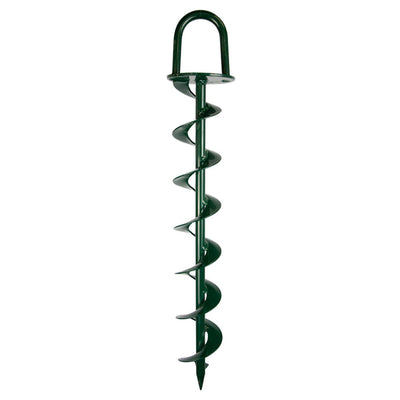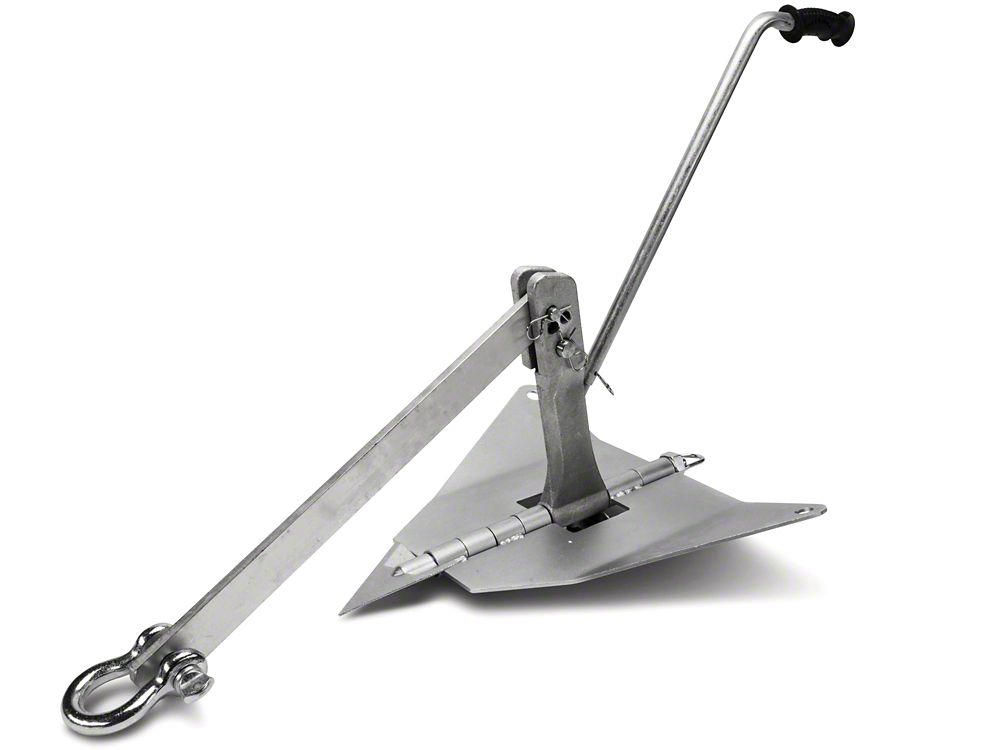The Mechanics of a High-Performance Ground Anchor System
The Mechanics of a High-Performance Ground Anchor System
Blog Article
Understand Why Ground Support Is Essential for Safety and Toughness
Ground supports are a crucial part in building, providing critical support and security for different structures. Their capability to move lots efficiently to the ground not only boosts architectural honesty yet also plays a significant function in mitigating threats associated with environmental variables, such as unstable soil and seismic activity. Comprehending the various kinds and applications of ground supports can illuminate their crucial function in making certain safety and longevity. The complexities of their installation and the advantages they use might not be instantly obvious, triggering further expedition right into this vital subject.
Duty of Ground Supports in Construction
Ground anchors play a critical duty in building and construction by providing necessary assistance and stability to structures. These gadgets are designed to transfer tons from a framework to the ground, making certain that buildings and other frameworks continue to be safe under different problems. Ground anchors are particularly vital in circumstances where soil problems are unpredictable or where there is a danger of side movement, such as on inclines or near bodies of water.
The installation of ground supports includes drilling right into the planet to reach steady soil or bedrock, where the supports can be firmly secured. This procedure not only improves the architectural integrity of a task but additionally alleviates the dangers related to dirt erosion and moving. Furthermore, ground supports can be used in short-lived structures, such as building sites, where they offer needed stabilization throughout the structure process.
Ground supports additionally add to the longevity and durability of frameworks by reducing the likelihood of settlement and failing. Ground Anchor. By properly distributing and managing tons, these important parts are critical in keeping safety criteria and making sure the integrity of various building jobs. On the whole, the significance of ground supports in building can not be overemphasized, as they are integral to effective engineering practices
Kinds Of Ground Anchors


While many sorts of ground anchors exist, each offers specific applications and problems within building tasks. The most usual types include mechanical supports, grouted supports, and driven anchors.
Mechanical supports, such as growth anchors, make use of a mechanical activity to safeguard the support within the substrate - Ground Anchor. These are typically employed in light-weight applications, like safeguarding components to masonry or concrete
Grouted anchors, on the other hand, entail piercing a hole, positioning a steel rod or cable, and after that filling the annular space with grout. This technique appropriates for high-load circumstances, offering boosted security and resistance to dynamic forces usually discovered in hefty building and construction.
Driven supports are usually set up by driving a steel pole or pipeline into the ground, making them appropriate for short-term applications such as safeguarding scaffolding or formwork. They fast to set up and can be eliminated conveniently when no more required.
Various other specialized anchoring systems include helical supports, which are screw-like tools used in numerous soil conditions, and deadman supports, which count on the weight of a buried things to offer stability. Each type of ground support is made to fulfill particular design demands, ensuring security and structural stability.
Advantages of Making Use Of Ground Anchors
The benefits of making use of ground anchors in construction projects are substantial, enhancing both safety and architectural efficiency. Ground supports provide necessary resistance against side pressures, such as dirt movement, wind tons, and seismic task. This resistance aids maintain the stability of structures, stopping potential failings that can cause costly fixings or harmful situations.
Additionally, ground supports promote the effective transfer of tons from structures to the bordering soil, guaranteeing a well balanced distribution of weight. This load transfer decreases the risk of resolving or shifting, which can endanger the honesty of a building with time. By using ground supports, engineers can additionally develop much more efficient layouts, as they enable for slimmer structural components while maintaining security requirements.
Furthermore, ground supports are adaptable and flexible to numerous soil conditions and project requirements. Their setup can commonly be completed promptly and with marginal disturbance to the surrounding environment, making them a reliable selection for many construction applications. Eventually, using ground supports boosts not just the durability of structures but additionally contributes to a safer working environment for building personnel and future occupants.
Typical Applications and Uses
Various building projects leverage ground supports for their performance in improving stability and safety and security. These versatile components are commonly employed in numerous applications throughout the building and construction and civil engineering industries. One prevalent application remains in keeping wall surfaces, where ground supports offer the necessary assistance to avoid soil activity and maintain architectural integrity.
Additionally, ground anchors are crucial in safeguarding momentary frameworks, such as scaffolding and shoring systems, ensuring they remain secure throughout construction activities. In the world of foundation assistance, they are used to enhance existing frameworks, particularly in areas prone to ground negotiation or moving soil problems.
Ground anchors also locate substantial usage in incline stabilization projects, where they assist mitigate landslide risks by anchoring the dirt to steady rock formations. An additional considerable application remains in the installation of wind turbines, where they safeguard the base against lateral pressures created by wind, making sure functional safety and security and long life.
Moreover, ground anchors are used in tunneling jobs to support the surrounding ground throughout excavation. Their varied applications underscore the essential function ground anchors play in keeping security and durability in different construction scenarios.
Installation Best Practices
Effective application of ground anchors in different construction jobs depends upon efficient installment techniques. Proper installation is crucial to make certain the anchors satisfy their designated function and preserve architectural integrity gradually. Key ideal techniques include complete website assessment, which includes evaluating dirt problems, tons requirements, and ecological factors that you could look here might influence anchor efficiency.
Before setup, it is important to choose the proper kind of ground anchor based upon the specific application and dirt features. Making use of top quality materials and sticking to maker specs will improve the anchor's longevity and performance. Throughout installment, ensure that the anchor is put at the appropriate angle and depth, as these elements significantly affect load-bearing capacity.
Additionally, utilizing appropriate find out here now equipment and techniques is critical, consisting of boring or driving methods customized to the website conditions. After installation, performing lots screening can validate the anchor's efficiency and recognize any possible problems early. Routine assessments are likewise recommended to check the problem of the supports and bordering soil. By complying with these installation finest professionals, designers and practices can boost the security and visite site longevity of frameworks reliant on ground anchors.

Conclusion
In recap, ground anchors are important components in building and construction, considerably enhancing safety and toughness. Their capacity to transfer loads successfully minimizes threats linked with unsteady dirt and lateral activities. The varied kinds and advantages of ground anchors, paired with their wide-ranging applications, emphasize their importance in both long-term and temporary structures. Complying with setup finest techniques ensures optimum efficiency, thus adding to the total integrity and longevity of construction tasks.
The installment of ground supports includes exploration into the planet to reach steady soil or bedrock, where the anchors can be firmly secured.The benefits of making use of ground supports in construction tasks are considerable, enhancing both safety and security and structural efficiency.Many construction projects take advantage of ground anchors for their efficiency in improving stability and safety and security.Effective application of ground anchors in different building tasks hinges on efficient installation methods.In summary, ground supports are important elements in building and construction, considerably boosting security and sturdiness.
Report this page